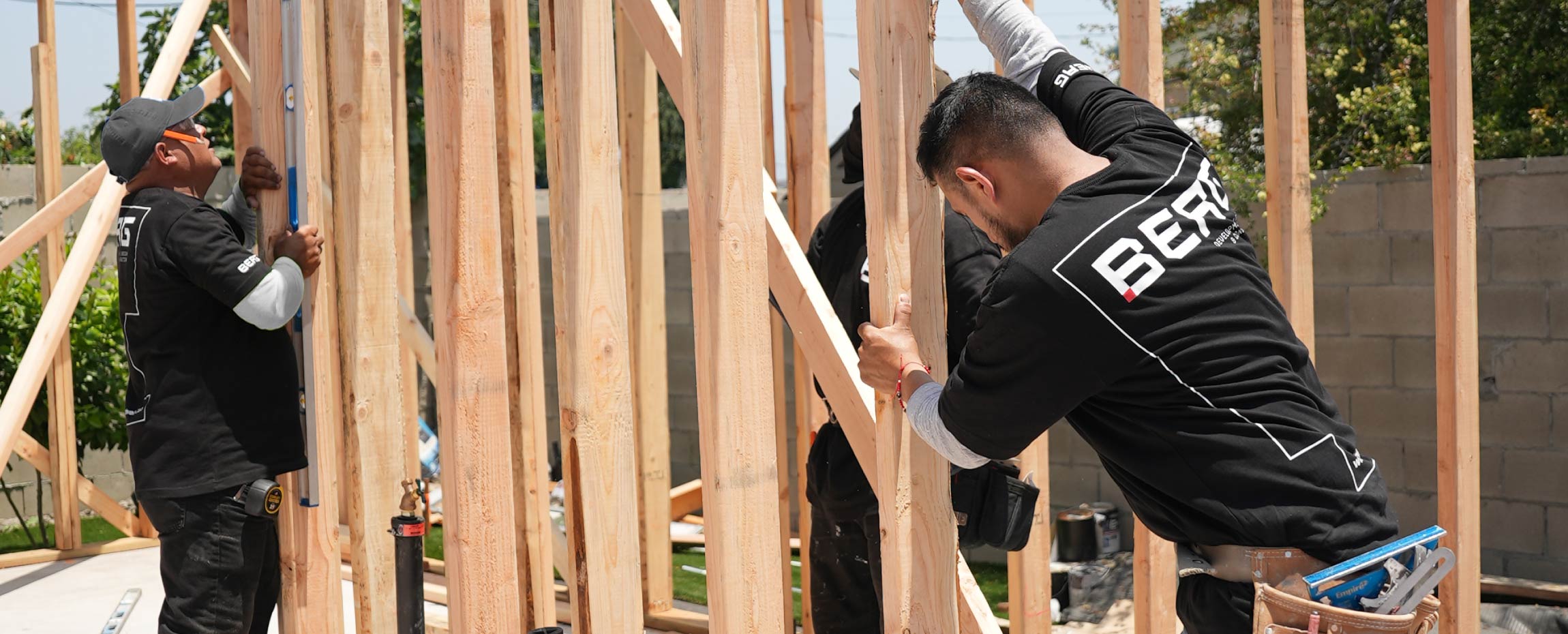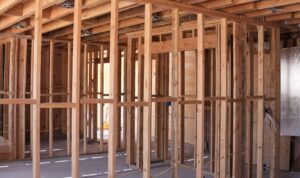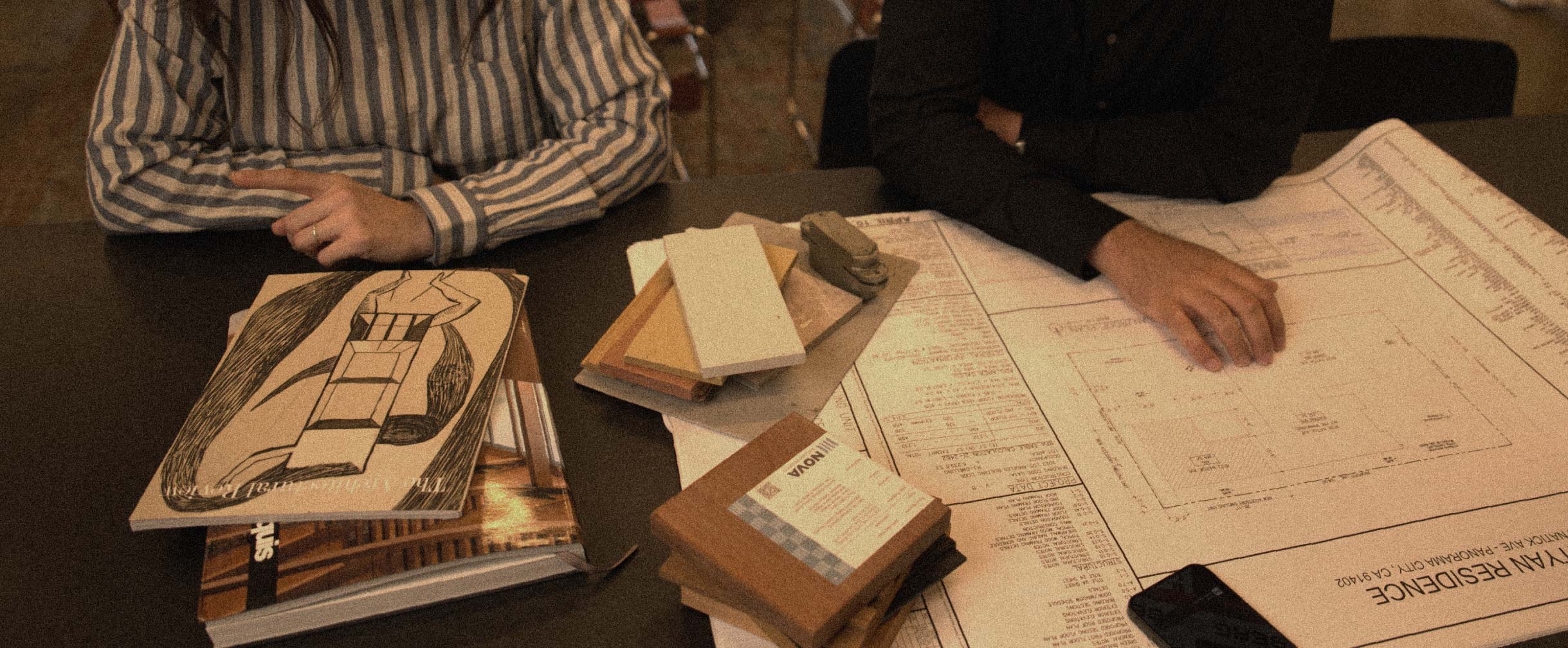The budget crisis in construction
In the world of construction, budget overruns are more common than on-time, on-budget completions. It’s so normalized that many homeowners, developers, and investors simply brace themselves for the moment the budget is “re-evaluated.” But what if we told you it doesn’t have to be that way?
At our firm, we’ve built a billion-dollar business not on promises, but on processes. And those processes are specifically designed to eliminate the waste, surprises, and miscommunication that cause most construction budgets to spiral.
In this blog, we’ll break down why so many projects go over budget—and how we’ve solved the problem with a system that delivers precision, predictability, and trust.
Common causes of cost overruns
Let’s start with the root of the issue. There are several reasons why budgets explode—but most of them come down to avoidable mistakes.
1. Poor planning and vague scope
When construction starts without clear blueprints, detailed timelines, or precise material specs, it opens the door to last-minute changes. Every change triggers a cascade—new materials, rescheduling crews, permit updates—which costs time and money.
2. Underestimated costs
Some contractors lowball estimates to win a bid, then backfill with change orders. Others simply don’t have the financial forecasting tools to understand true market costs, labor demands, or regional variables.
3. Lack of coordination
When architects, builders, engineers, and subcontractors aren’t aligned from day one, the result is delays, rework, and confusion—every one of which hits the budget hard.
4. Reactive project management
Without real-time reporting, project managers are flying blind. Problems aren’t spotted until they become expensive. There’s no system to track labor efficiency, daily costs, or material usage.
5. External surprises
From weather delays to permit hold-ups to unforeseen site conditions, there are always risks. But many of these risks can be anticipated with better due diligence and proactive planning.
Case study: What most firms miss
Let’s say a client wants to build a 1,200 sq ft ADU in a tight urban area. The original estimate is $180,000. But after demolition issues, poor communication with the structural engineer, permit revisions, and last-minute finishes that weren’t accounted for, the project ends up costing $245,000.
That’s not rare, it’s industry standard.
But it’s not inevitable.
How we reengineered the budgeting process
We realized early on that the construction industry didn’t just need better craftsmanship – it needed smarter systems. So we built our business around precision planning, technology integration, and radical transparency.
Here’s how our system works:
Step 1: Full-scope pre-construction planning
We invest heavily in pre-construction. Every project starts with a comprehensive analysis that includes:
- 3D modeling and digital walkthroughs
- Material takeoffs with real-time pricing
- Schedule mapping and workforce allocation
- Contingency planning and local risk factors
Step 2: Integrated teams
Our architects, estimators, and project managers work under one roof. This eliminates gaps in communication and ensures alignment across every department—before the build begins.
Step 3: Real-time tracking and reporting
We give our clients access to cloud-based dashboards that show exactly where the budget stands – daily. If a delivery is delayed or labor hours spike, they see it immediately. No surprises. No hidden costs.
Step 4: Contingency budgets built in
We don’t pretend that nothing will go wrong. We account for potential delays, price hikes, and design shifts – so when they happen, we don’t panic. We plan.
Our system in action: tools, workflow, and roles
Here’s what makes our model function at scale:
- Cost forecasting software that updates weekly based on material trends and labor costs
- Site supervisors who are trained in financial reporting – not just construction
- Weekly client meetings to review milestones, updates, and budget status
- Vendor partnerships that allow us to lock in pricing early, avoiding market swings
Client impact: savings, trust, and satisfaction
By eliminating the chaos from the budget process, we’ve delivered:
- 93% of projects within 5% of original budget
- 100% transparency and client visibility into every financial decision
- Repeat clients who now view us not just as builders – but as trusted advisors
One commercial client summed it up perfectly:
“This was the first build I’ve done where I never had to brace for bad news. Everything was where it should be.”
Closing thoughts: the future of budget-smart construction
Budget overruns shouldn’t be the price of building. With the right systems, mindset, and team, they’re entirely avoidable.
The industry doesn’t need more finger-pointing or excuses. It needs firms who take budgeting as seriously as building.
And we’re proud to be one of them.








